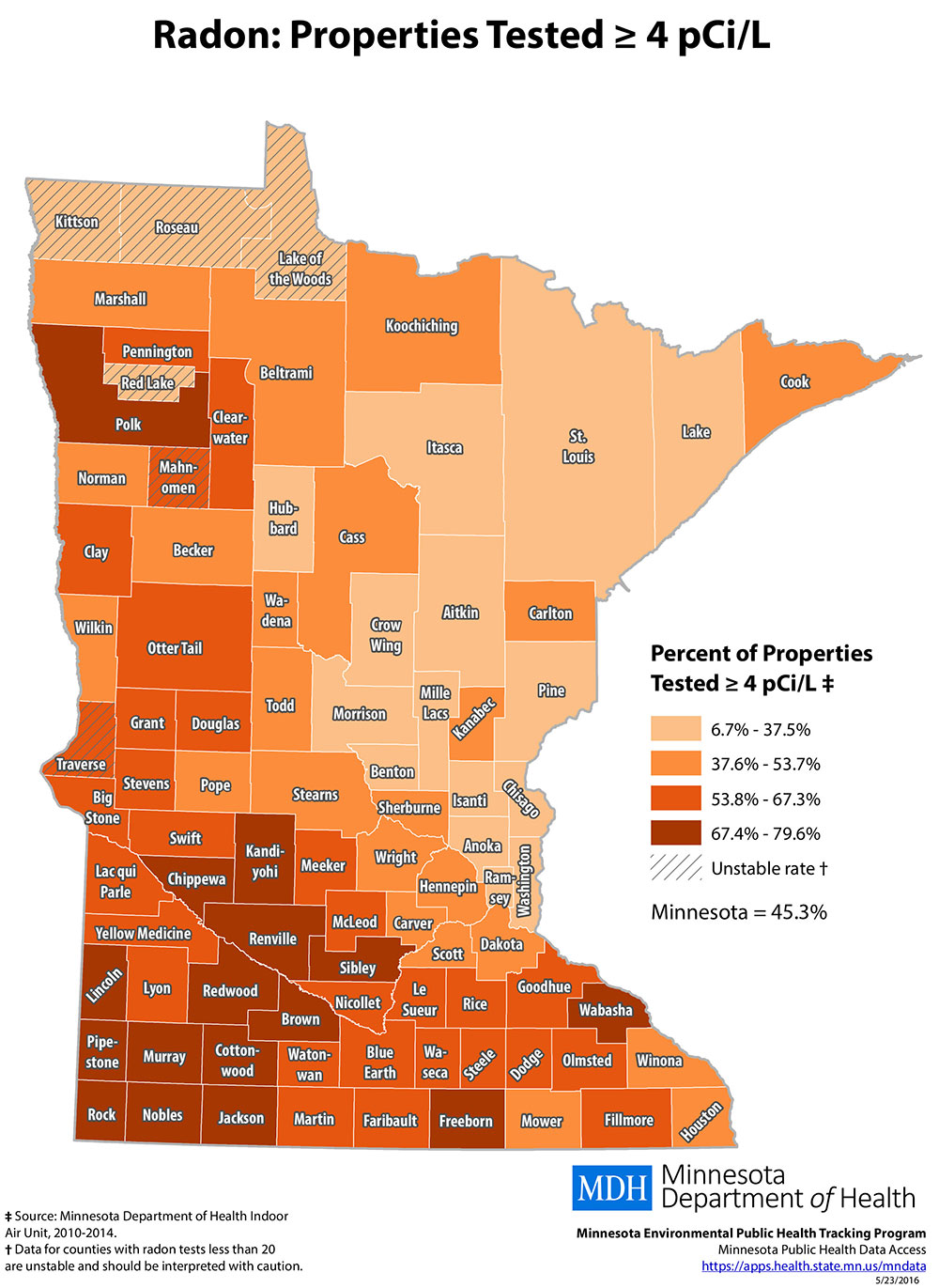Health and wellness results of radon
Radiation Defense
Is radon really bad for you?
Breathing radon over time increases your risk of lung issuu.com/lachulihwt/docs/159494 cancer. Radon is the second leading cause of lung cancer in the United States. Nationally, the EPA estimates that about 21,000 people die each year from radon-related lung cancer. Only smoking causes more lung cancer deaths.

The initial step in mitigation is checking to see if the indoor-air and/or residential water radon concentrations should be minimized. The Globe Health and wellness Company's International Radon Task has actually suggested an action level of 100 Bq/m3 (2.7 pCi/l) for radon in the air.
Many wellness and also radiation specialists agree that while a small part of granite countertops might emit boosted degrees of radon, most countertops emit extremely reduced levels. According to the United States Epa (EPA), it's really not likely that a granite counter top in a house would boost the radiation level above the regular, all-natural history degree that originates from nearby dirt as well as rocks. Still, individuals concerned concerning radon from counter tops as well as from various other household sources can check these levels making use of home discovery sets or can work with a specialist to do the testing (see the area "Just how can I prevent exposure to radon?"). Words radon test "stopped working" or radon examination "passed" are sprayed available.
Is radon mitigation really necessary?

When radon gas enters the body, it exposes the lungs to small amounts of radiation. In small quantities, experts say this is harmless. However, in persistent exposures or larger quantities, radon can damage the cells of the lining of the lungs, increasing a person's chance of developing lung cancer.
It can also be released from constructing materials or through water originating from radon-contaminated wells, according to the National Institutes of Health (NIH). Radon degrees can be greater in homes and structures that are well-insulated, snugly secured or improved soil rich in the contaminated elements uranium, radium and also thorium.
- Radon gas is a naturally-occurring byproduct of the radioactive decay of Uranium in the soil.
- Depending upon your geographical location, the radon levels of the air you take a breath beyond your home may be as high as 0.75 pCi/L.
- The nationwide average of outdoors radon degrees is 0.4 pCi/L and it is approximated by the National Academy of Sciences that outside radon levels create approximately 800 of the 21,000 radon induced lung cancer deaths in the United States yearly.
- The United States EPA has actually put it clearly, stating, "Any radon direct exposure has some threat of creating lung cancer.
If the test results suggest radon degrees at or above 4 pCi/L (picocuries per liter), the EPA recommends doing a second examination to validate the preliminary searchings for. House owners can take actions to decrease the radon focus if the average of the 2 short-term radon examinations is 4 pCi/L or better. The EPA keeps in mind that given that there is no safe degree of radon gas direct exposure, reducing radon to listed below 2 pCi/L also helps reduce the number of radon-related lung cancers. Breathe enough radon throughout the years, as well as it can enhance your threat of lung cancer cells.
What to Find out about the Dangers of Radon Gas in Your Home
In a residence with Take a look at the site here forced air heating & cooling, radon gas can easily be distributed throughout the entire dwelling. When radon gas is released via a radon reduction system over the roofing, the radon focus falls off significantly with range from the point of discharge. Actually, the radon gas focus approaches history levels at 3-4 feet from the discharge factor.
How long does it take for radon to cause cancer?
Fact: You will reduce your risk of lung cancer when you reduce radon levels, even if you've lived with an elevated radon level for a long time. Keep in mind that radon levels below 4 pCi/L still pose some risk and that radon levels can be reduced to 2 pCi/L or below in most homes.
